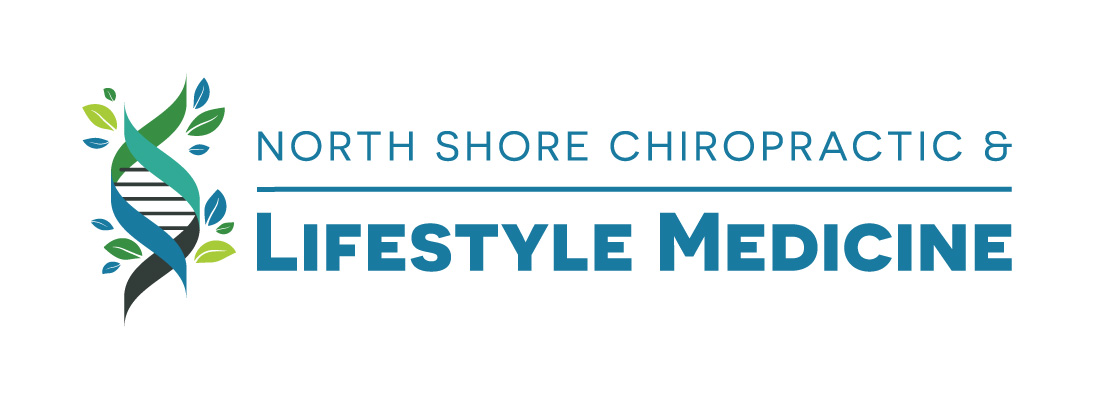Degenerative disc disease, what is it and what can be done
Degenerative disc disease occurs in most people as they age. What is it, how did I get it, and what can I do about it? None of these questions are addressed, or rarely addressed.
Between each vertebra of the spine are pads of fibrocartilage-based structures that provide support, flexibility, and minor load bearing. The disks are composed of 2 layers: a soft pulpy nucleus pulposus on the inside of the disc surrounded by a firm structure known as the annulus fibrosis. Thinking about the tires of a car. The air inside the tire is the nucleus and the walls of the tire the annulus. Pressure on one side of the tire will move the air, (nucleus) to the opposite side allowing the wall of the tire, (annulus) to flex. The intervertebral discs are incredibly strong. In fact, there is a condition known as a seatbelt fracture of the spine, before the shoulder portion of the seatbelt was used. The vertebrae cracked horizontally leaving the intervertebral disc relatively uninjured.
In time the intravertebral disks breakdown, as a car tire, disrupting the annulus fibrosis, or wall of the tire which can result in disc protrusions or herniations. Improper bending and lifting and other strenuous activities, improper spinal mechanics, some sports, can accelerate the breakdown of the disks. It has been reported that there may be a genetic link for disc problems, however, no evidence has been provided.
Another common vertebral disc finding on x-ray is a decreasing height of the disc caused by drying of the nucleus pulposus, (desiccation.) This can cause an increased mechanical stress on the annulus causing degeneration or fracturing off pieces of the annulus. Concurrently, arthritic changes are formed around the joints of the spine and where the discs attached to the vertebrae.
Whether it be by disks drying out and/or breaking down of the annulus fibrosis and arthritic change, the spinal nerves can be irritated causing radiating pain and atrophy of muscles.
The intravertebral disks require oxygen and nutrients to remain healthy. Between the vertebral bodies and disks there are tiny capillaries that supply oxygen and nutrients that must be transported through cartilage to the disc. There is also a network of capillaries around the spine that supplies the discs. What is often overlooked is that through normal movement there are pressure changes in the disks expressing minute fluid out and into the disks. This movement also helps the capillaries to supply oxygen and nutrients. If there is decreased or little movement of the spine due to joint dysfunction or subluxation these pressure gradients will not occur. Flexion-distraction technique, a chiropractic manipulative therapy, specifically addresses joint dysfunctions that cause disc injury. This manipulation restores normal joint movement that improves pressure gradients to allow nutrients for the intervertebral discs. Surgery is occasionally necessary however it should always be the last resort.
